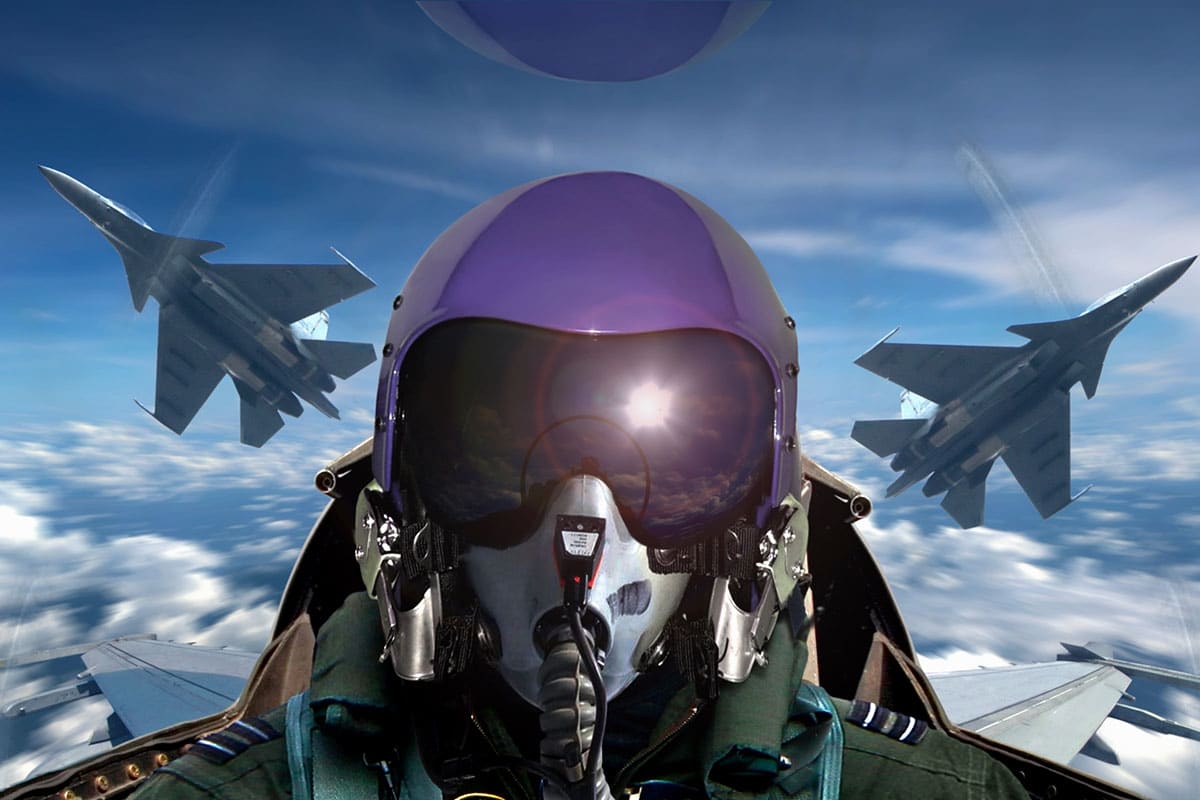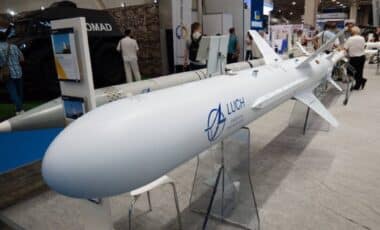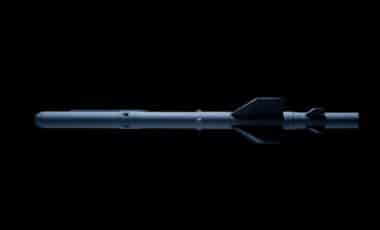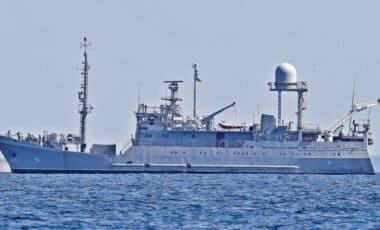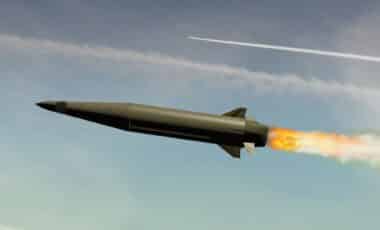In recent years, South Asia’s skies have turned into a stage for high-tech military displays. India’s buy of 36 French Rafale jets and Pakistan’s addition of Chinese J-10C aircraft to its air fleet show two very different takes on air combat. Since the 2019 dogfights over Kashmir, tensions have been on the rise, and it’s important to get a good run-down on what these jets can really do (that is, all the nitty-gritty details behind their tech).
Canada-U.S. tensions rise as leaders meet at the White House
Profiles of the fighters
The French-made Dassault Rafale is built to do it all. This jet can handle ground strikes, take control in dogfights, scout out enemy positions, and offer tactical support. It’s loaded with gear that works smoothly with NATO radars, precision munitions, and satellite systems (a real sign of modern design). Clearly, it’s a big win for any air force looking to up its game.
Then there’s Pakistan’s choice: the Chengdu J-10C. As China’s latest fighter design, it’s geared mostly toward air-to-air combat and interception, and it comes at a friendlier price. With its AESA radar, sensor fusion (which basically means it can pull together lots of data quickly), a touch of stealth, and updated missile systems, the J-10C gives Pakistan a solid platform to show off some aerial muscle.
Radar and electronic warfare
Both jets sport modern AESA radars that help them scan the skies and spot targets from a distance. The Rafale’s Thales RBE2-AA radar is a dependable multitasker, with a range stretching more than 124 miles. Plus, its SPECTRA system (one of the best passive defense setups out there) really puts it ahead in the electronic warfare game.
Over in the J-10C, the KLJ-7A radar covers roughly 93 to 106 miles. While it isn’t quite on the same level as the French system when it comes to handling electronic countermeasures, it still plays a key role in Pakistan’s air defense playbook.
Missiles and strike capabilities
When it comes to firepower, both jets pack quite a punch. The Rafale carries the European-made Meteor missile—a long-range air-to-air weapon that can hit targets farther than 62 miles—and it can also launch the Scalp cruise missile, which reaches over 311 miles for deep strike missions (meaning it can hit targets far away).
Not to be outdone, the J-10C is armed with the PL-15 missile, offering a range between 124 to 155 miles. It can also carry air-to-ground munitions like the YJ-91 and the CM-400AKG supersonic ballistic missile, making it a versatile option when dealing with ground targets.
Air defense systems
Jets aren’t the whole story, though. Both India and Pakistan have been beefing up their air defense systems. India has picked up the Russian-made S-400 Triumph system, which covers more than 248 miles—think of it as a vast shield against airborne threats. Pakistan, on the other hand, relies on the Chinese-origin HQ-9 system (similar to Russia’s S-300) with an operational range of about 124 miles.
Strategy and doctrine
In terms of big-picture plans, India leans towards quality with high-performance jets like the Rafale that can hit far-off targets hard and fast. Pakistan is working on balancing regional strength by mixing in advanced Chinese tech like the J-10C with its locally made JF-17 fighters, aiming to keep pace with its neighbor by focusing on a balanced mix of technology and numbers.
Current power dynamics
At the end of the day, the showdown between India’s high-tech Rafale jets and Pakistan’s well-integrated J-10Cs paints an interesting picture of modern air battles—one side going for quick, decisive strikes while the other aims for a strategy of numbers and saturation. There’s chatter about potential losses on either side due to top-notch air defenses (which could crank up the heat between the two), but both countries clearly mean business when it comes to keeping a solid deterrence on the table.
As these moves continue to unfold, they bring up not just local security issues but also have wider ripple effects for how military forces around the globe keep up with ever-changing technology (a real eye-opener into how nations juggle their defense plans amid ongoing rivalries).

